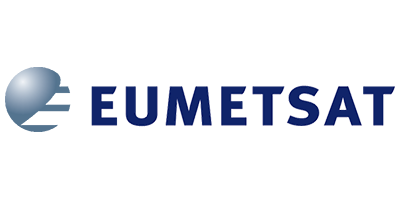ESSL is delighted to announce that it has entered into a contract with EUMETSAT for three years to train forecasters of the national (hydro-)meteorological services of its member states. The training focuses on the use of products from the next-generation satellite missions Meteosat Third Generation (MTG) and EUMETSAT Polar System–Second Generation (EPS-SG) for the analysis and nowcasting of severe convective storms.

EUMETSAT and ESSL have started this contract on 1 June 2021 that is intended to pave the way for longer-term collaboration in support of the European meteorological community.
ESSL will organize training testbeds for operational forecasters of Europe’s weather services, introducing proxy, and later real, data from EUMETSAT’s next-generation missions with a focus on severe convective storm forecasting. The aim is to totally train about 10–15% of the operational meteorological workforce in European weather services, or about 200–300 forecasters.
The testbeds will mainly be organized at ESSL’s Research and Training Centre in Wiener Neustadt (Austria), but can also be hosted by weather services with suitable facilities upon their request. Optionally, testbeds can be held online as well.
Besides the testbeds, expert workshops will be organized for a small number of people that include senior forecasters, product experts, senior trainers, science-to-operations staff, and experts from EUMETSAT. The aim of these workshops is to better understand novel capabilities for severe storm analysis and prediction, such as with the new 0.9 mm and 2.25 mm bands, the Lightning Imager, and the Infrared Sounder, and to develop training concepts and material. The first such workshop will be planned during the first months of 2022.
